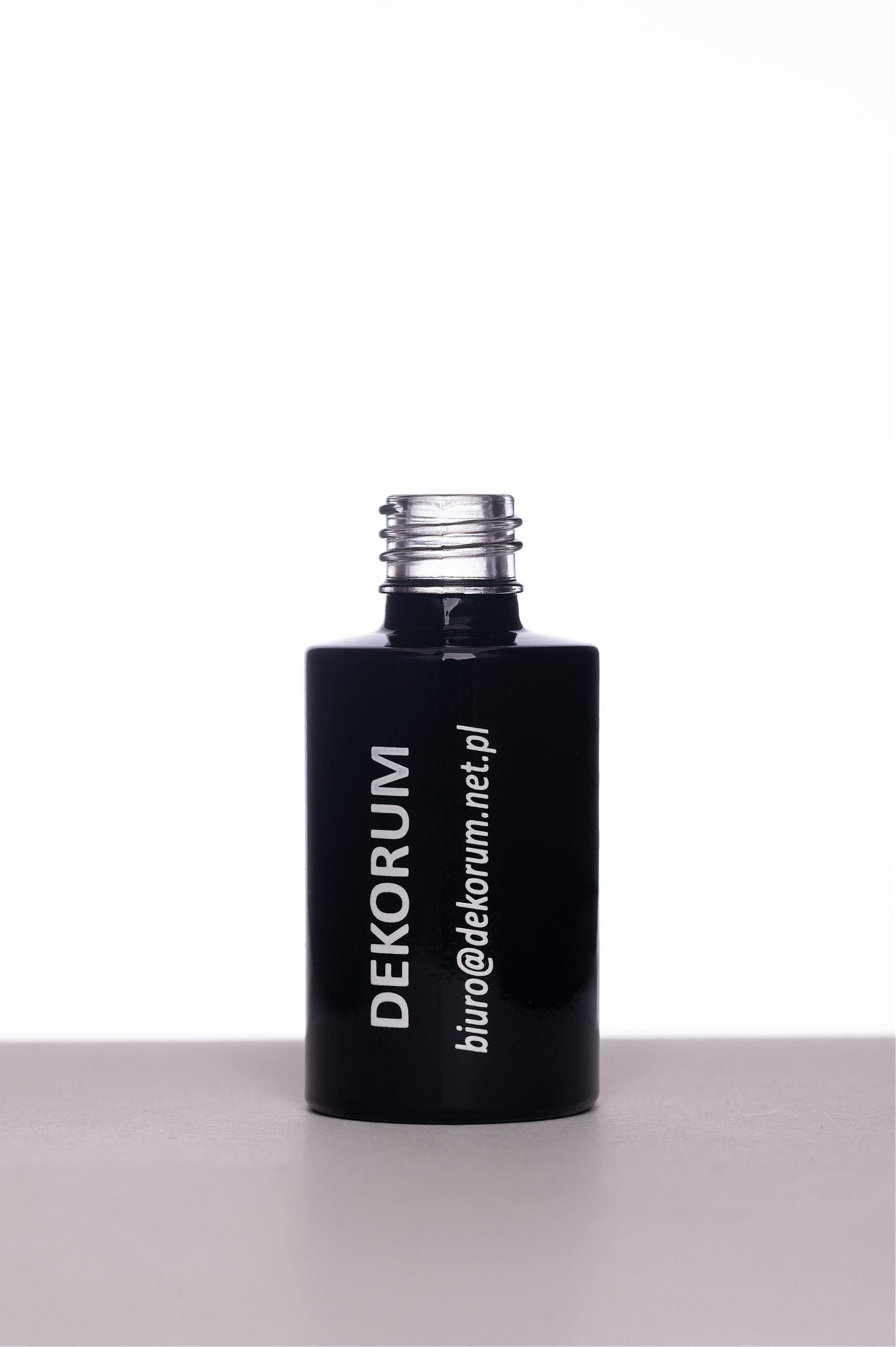What is Hot Stamping?
Hot stamping, also known as thermal printing, hot print, foil stamping, or heat embossing, is a printing technique that involves applying a pigmented foil to a product using a heated, raised die. This process creates a raised, striking print that beautifully highlights the graphic details of packaging, making it ideal for luxury branding.
Types of Hot Stamping Foils
Hot stamping can achieve various effects depending on the type of foil used:
- Metallic Foils – Includes holographic diffraction foils for stunning visual effects.
- Pigmented Foils – Available in matte or glossy finishes.
- Pearlescent Foils – More transparent, perfect for subtle embellishments.
This technique can highlight both large elements and fine details like lettering or intricate patterns.
How Does the Hot Stamping Process Work?
The process begins by heating a die to around 100°C. This heated die presses the foil against the product’s surface. Under the influence of heat, the adhesive layer on the foil melts, bonding the pigment or metallic finish permanently to the packaging. This method is perfect for creating elegant text, shapes, or ornaments that stand out with a premium feel.
Practical Tips for Hot Stamping:
✅ Minimum font size: 10 pt
✅ Avoid overlapping different foils
✅ Do not combine foil stamping with spot UV coating
✅ Avoid using foil on large elements near edges to prevent peeling after cutting
Why Hot Stamping Enhances Packaging Appeal
- Luxurious Appeal
Metallic shades (gold, bronze, silver) are associated with exclusivity and high value, encouraging customers to perceive the product as premium and justifying a higher price point. - Stand Out in the Market
In a competitive market, eye-catching packaging can be a powerful sales driver. Hot stamping helps brands stand out, build positive associations, and remain memorable to consumers. - Durability of Designs
Unlike ink prints, foil stamping doesn’t fade or wear off, ensuring the packaging remains attractive from production to point of sale. - Eco-Friendly Solution
Hot-stamped packaging is recyclable, a critical advantage for brands positioning themselves as sustainable.
Combining Glass Painting and Hot Stamping
Glass painting is another technique that, when combined with hot stamping, can achieve a luxurious finish. Using specialized paints and gold stamping, it’s possible to create unique packaging for alcohol, perfumes, or high-end candles. This approach transforms packaging into functional art.
Hot Stamping vs. Cold Stamping – Key Differences
| Technique | Method | Advantages | Applications |
|---|---|---|---|
| Hot Stamping | Heat + Die | Strong, durable effect, raised finish | Paper, cardboard, leather, glass |
| Cold Stamping | Adhesive + Pressure | Precision for fine designs | Smooth materials, high-volume runs |
Is Hot Stamping Worth the Investment?
Despite its luxury image, hot stamping is relatively affordable compared to other enhancement techniques. It’s straightforward yet impactful, meaning premium packaging doesn’t have to come with a premium price tag.
Case Study: Inveray – Hot Stamping in Premium Design
Inveray, a premium Polish brand producing vegan nail polishes, sought packaging that reflected its philosophy: high quality, minimalism, and originality. The design needed to support international expansion, blending aesthetics with durability for long-haul transport and retail environments. The final design featured:
- Deep Gold Hot Stamping – Highlighting the logo and key branding elements.
- High-Coverage Screen Printing – Adding contrast and elegance on matte surfaces.
- Minimalist Layout – Delicate, heat-embossed ornaments for a refined finish.
The result? A standout package that not only caught the eye of distributors but also earned glowing online reviews from customers, reinforcing Inveray’s position as a modern, elegant premium beauty brand.
Would you like me to help you create a similar, impactful case study for one of your own products?
